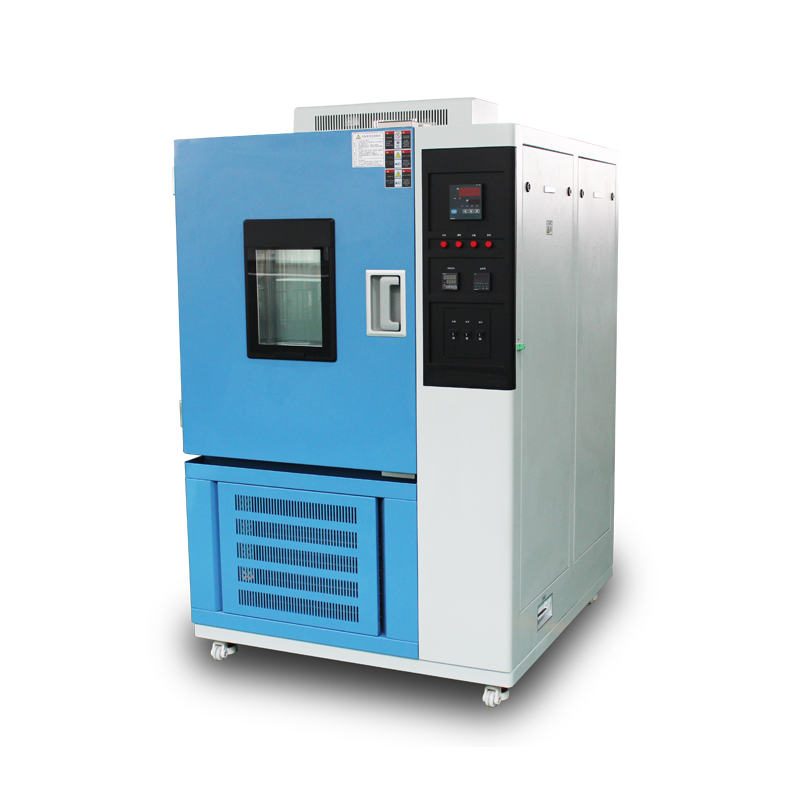

Previously, we discussed the changes that occur in objects during high-temperature testing. But what happens when materials are subjected to low-temperature testing in a low-temperature test chamber? Today, we’ll examine the transformations materials undergo in cold environments.
Brittleness and Hardening – Prolonged exposure to low temperatures can make certain materials (such as plastics) harder and more brittle. Metals may develop cracks or even fracture, while impact resistance may also be altered.

Jamming or Reduced Mobility – Due to differing thermal contraction coefficients among materials, rapid temperature changes can cause components to stick or operate less smoothly.
Reduced Anti-Static Properties – Materials like glass may experience diminished electrostatic effects when kept in low-temperature conditions for extended periods.
Frost and Ice Formation – Test samples containing moisture may develop frost or freeze, potentially damaging their structural integrity.
Increased Friction from Lubricants – At low temperatures, lubricants may thicken or solidify, increasing friction between moving parts and leading to sluggish or halted operation.
Changes in Electrical Parameters – Components such as resistors and capacitors may exhibit altered electrical properties, affecting overall performance.
Altered Combustion Rates – Sustained low temperatures can influence the burning behavior of certain materials.
These are some of the key effects observed when testing objects in a low-temperature test chamber. Since temperatures in these chambers can drop to several dozen degrees below zero, different materials exhibit unique behaviors under such conditions. Therefore, when selecting testing equipment, users should consider the specific characteristics of their test samples and the desired experimental outcomes.
As a manufacturer of environmental testing equipment, our low-temperature test chambers are widely used for evaluating electronics, military products, automotive parts, chemical materials, telecommunications components, aerospace products, and more. Our devices offer high testing efficiency, low energy consumption, and precise results, making them a preferred choice among many clients.
If you’re interested in purchasing this equipment, we welcome you to visit our facility for an on-site inspection.